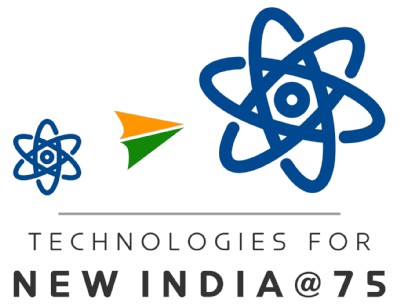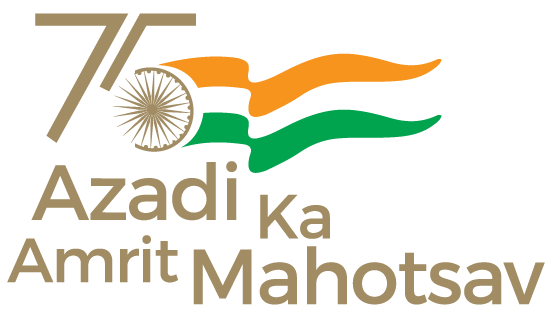  | Colloquium # 313
Plasma blob formation and its experimental validation
By
N Bisai
IPR,Gandhinagar
Thursday, Mar 17 2022 at 3:30PM
|

Abstract
The boundary region of a tokamak plasma consists of Edge and Scrape-off layer (SOL) regions.These regions are highly turbulent in the presence of interchange plasma instability due to the existence of a strong density/pressure gradient. This interchange instability is very similar to the Rayleigh Taylor instability in a neutral
uid.The interchange instability mechanism in the plasma yields usually two types of plasma structures, one is radially elongated "streamer" structure and the other is a plasma "blob" structure. Both the structures have high plasma density compared to their background and they are toroidally elongated - can be about tens of meters. Both these structures survive for a longtime that is larger than the eddy turnover time. The blob formation mechanism has been investigated and it is found that the blobs are born as a result of nonlinear saturation mechanism related to the coherent magnetohydrodynamic (MHD) instabilities. The nonlinear mechanism leads to breaking of the radially elongated "streamer" structure and consequently the "blob" forms. The saturation mechanism generates various velocity gradients that are mainly responsible for the plasma blob formation [1, 2]. A criterion for the blob formation has been described using these velocity gradients theoretically. Finally, experimental validations of the blob formation criterion has been described in the case of Aditya tokamak and NSTX machine in PPPL,USA
References
[1] N. Bisai, Santanu Banerjee, and Abhijit Sen. A universal mechanism for plasma blob formation.
Physics of Plasmas, 26(2):020701, February 2019.
[2] Vijay Shankar, N. Bisai, Shrish Raj, and A. Sen. Finite electron temperature gradient eects
on blob formation in the scrape-o layer of a tokamak plasma. Nuclear Fusion, 61(6):066008,
June 2021.
[3] N. Bisai, Santanu Banerjee, S.J. Zweben, and A. Sen. Experimental validation of universal
plasma blob formation mechanism. Nuclear Fusion, 62(2):026027, February 2022.
About the speaker
Dr. Nirmal Kumar Bisai did BSc and MSc in physics from University of Calcutta. He joined IPR in 1990 as a research scholar in the field of free electron laser. Thereafter, he joined the Neutral Bean Injection group (experimental) for the SST-1 project as Scientist-SC in 1995. In 1999, he joined the theory group in IPR in the area of edge and scrape-off layer (SOL) turbulence in Tokamak Plasmas. He developed an indigenous fluid turbulence code for the simulation of the plasma turbulence. He obtained PhD degree in 2011 from Gujarat University under supervision of Prof. P K Kaw in the edge and SOL plasma turbulence in tokamaks. He published papers related to the interchange plasma turbulence, and modification of plasma turbulence by neutral gas (hydrogen, nitrogen, neon, and argon) in tokamak plasma. The research papers on the plasma “blob” formation and its experimental validation are the most important publications. He is also supervising PhD research students


